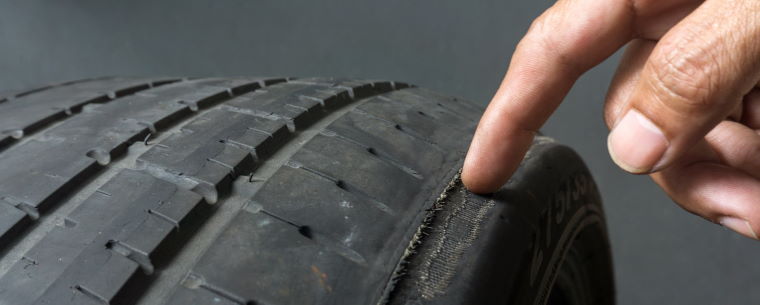Do You Know What Your Tyre Pressure Should Be?
![]() Published on: Monday, 16th August 2021 |
Published on: Monday, 16th August 2021 | ![]() Author: Bradley Jando
Author: Bradley Jando
Driving with incorrect tyre pressure can be dangerous and may damage your vehicle over time. In order to be safe and efficient while driving, you’ll need to maintain an optimum tyre pressure for your vehicle.
If you’re a first-time driver or you’ve just bought a new car, knowing what pressure is required for your vehicle’s tyres may not seem straightforward — but it’s really simple. Read on to find out why you need to know your tyre pressure and how you can find it out.
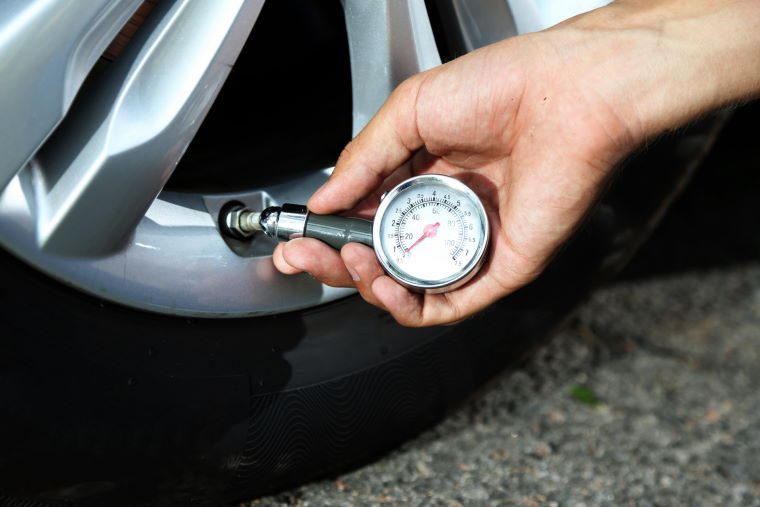
The Importance of Tyre Pressure
Often overlooked in importance, tyre pressure is a significant variable in your vehicle’s performance. The pressure of your tyres can play a role in braking distance, tyre lifespan, steering accuracy, and fuel economy.
If your tyre pressure is too low and your tyres are under-inflated, the tyre surface will have more contact with the road surface and wear away quicker. Under-inflated tyres can also slow you down due to friction and drag. Over-inflated tyres, on the other hand, have minimal contact with the road surface, gripping weakly, decreasing braking distance, and increasing the risk of accidents.
You should keep your tyres inflated correctly to reduce the rate of wear and save yourself money in the long run. If you are caught driving with tyres below the legal minimum tread depth (1.6mm), you may receive a fine of £2,500 and 3 penalty points against your license. It’s better to be safe than sorry, then, when it comes to knowing your tyre pressure.
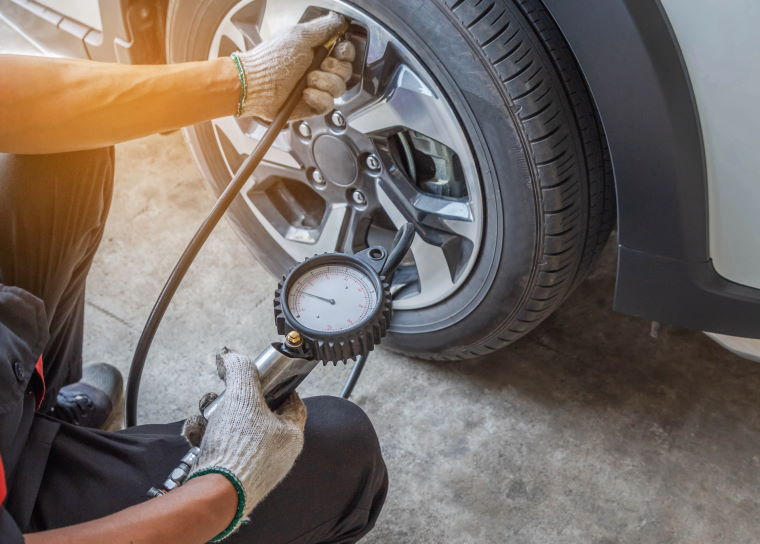
Where to Find Your Recommended Tyre Pressure?
There are different locations both in and outside your vehicle that may tell you the optimal tyre pressure. Depending on the model of your vehicle, the recommended tyre pressure value can be found in the following places:
- Inside the fuel cap
- Inside the Owner’s Manual for your vehicle
- On the website of your vehicle’s manufacturer (usually in a Tyre Pressure Measurement Converter table)
- Inside the driver’s door on a small sticker
The recommended value for your tyre pressure will be measured in PSI (Pounds per Square Inch) and for many cars it will differ for the front and back tyres. Most commonly, tyre pressures are recommended between 32 and 35 PSI, so if yours is drastically larger than that, you may well be reading the wrong value.
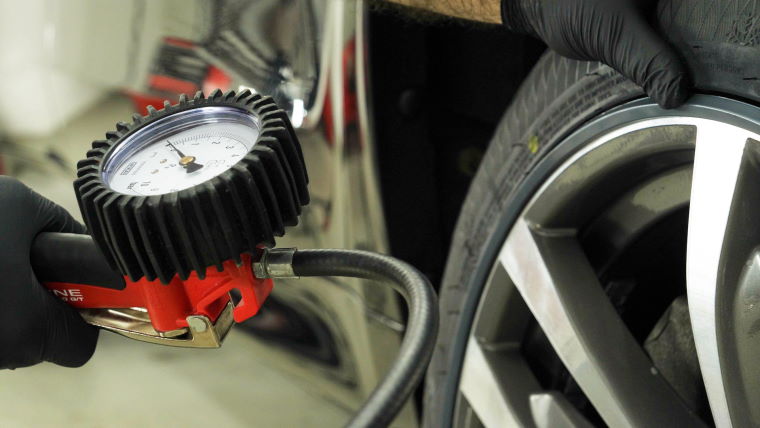
Next Steps
Once you know what your tyre pressure should be, you can take the pressure readings of all four tyres and measure them against the recommended value. You can do this with a portable tyre inflator, or by using the self-service air pressure pumps on the forecourt of your local petrol station. One by one, remove the valve cap for each tyre, insert the nozzle of the air pump and take the reading from the metre.
Depending on whether the PSI reads lower or higher than the recommended value for your vehicle, inflate or deflate the tyre accordingly. To inflate, simply squeeze the trigger on the air pump in short bursts. Or, to deflate, pull the nozzle slowly and carefully out of the valve to hear a hissing noise until enough air is released.
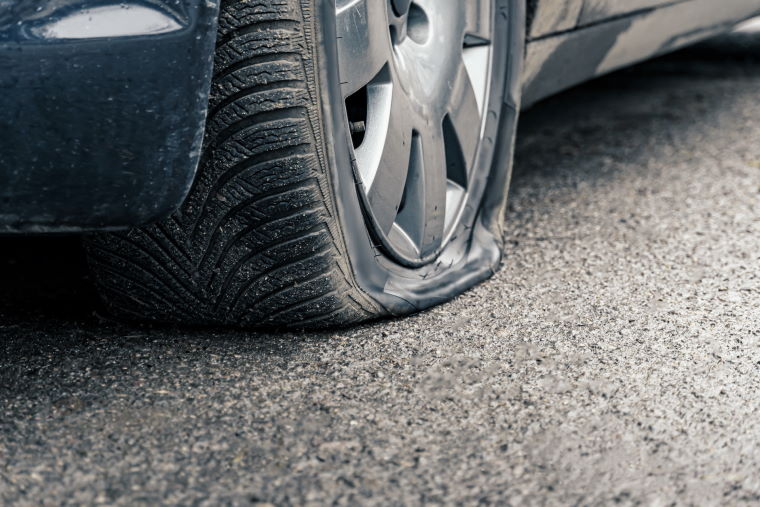
Tips
- Always measure your tyre pressure when your tyres are cold to avoid inaccuracies. Air expands when it is hot and will give a higher reading as a result.
- The air pressure in your tyres will need to be increased for safety purposes if you are carrying a particularly heavy load.
- Keep the valve caps in a safe place after removing them from your tyres — and remember to put them back on afterwards before driving away!
Now you know the importance of checking your tyre pressure regularly, and where to find the recommended PSI value for your vehicle, it should all be plain sailing.
If you’re concerned that your tyres aren’t holding air, contact your local Tyre Pros centre for an inspection.

